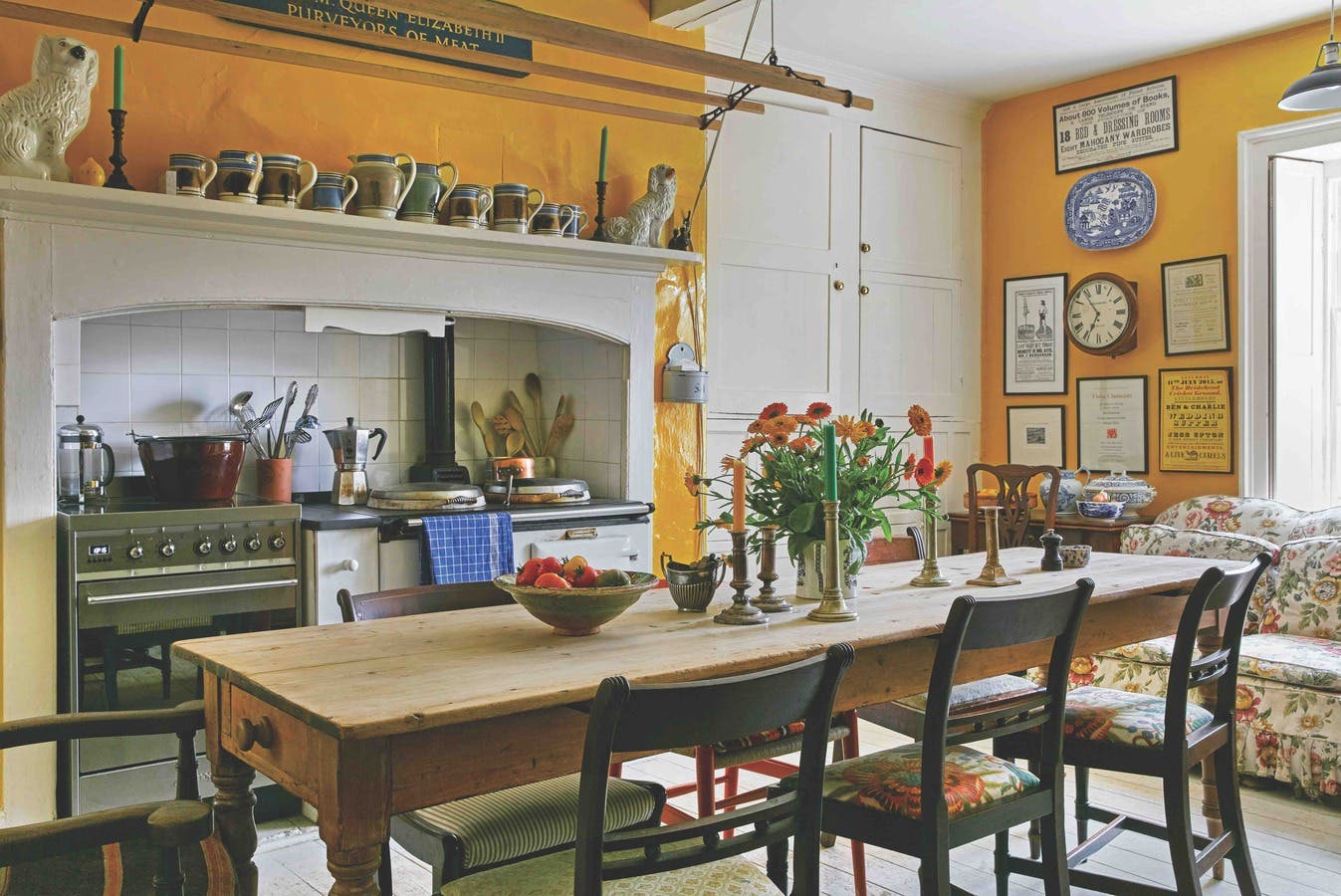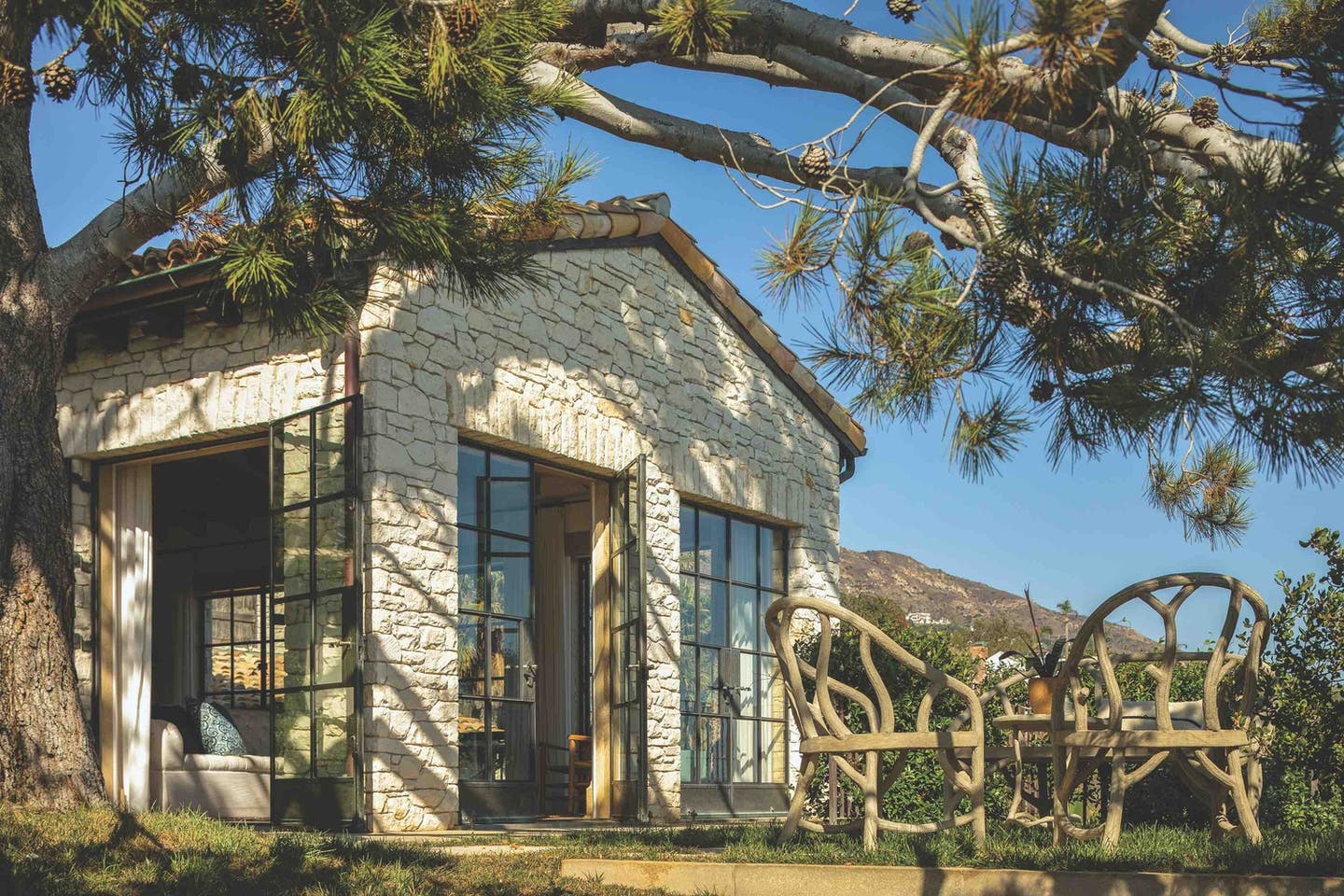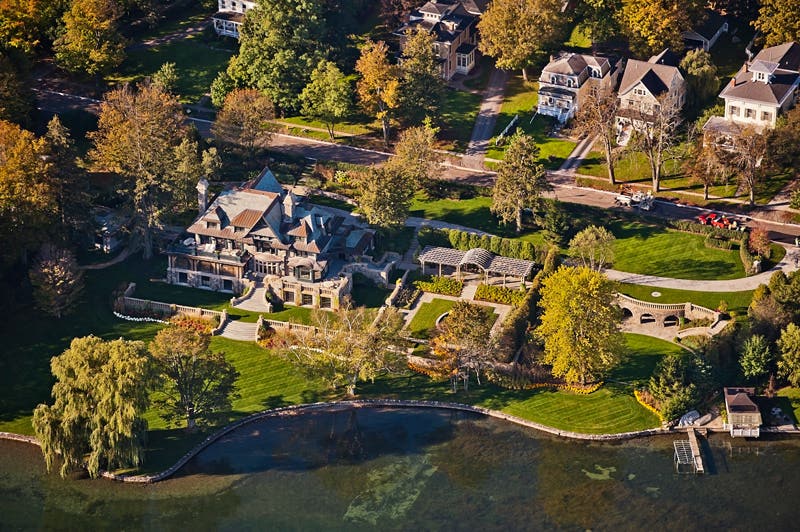
Projects
Anne Decker’s Bauhaus-Inspired Stucco
Project: Residence, Bethesda, Maryland
Architect: Anne Decker Architects, Bethesda, Maryland; Anne Decker, AIA, principal; Joshua Mohr, AIA, project manager
Interior Designer: LMS Interiors; Linda Mann

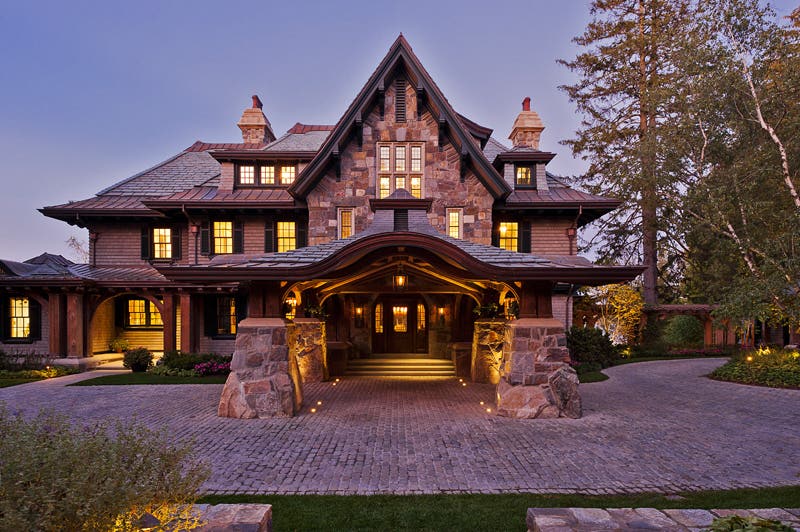
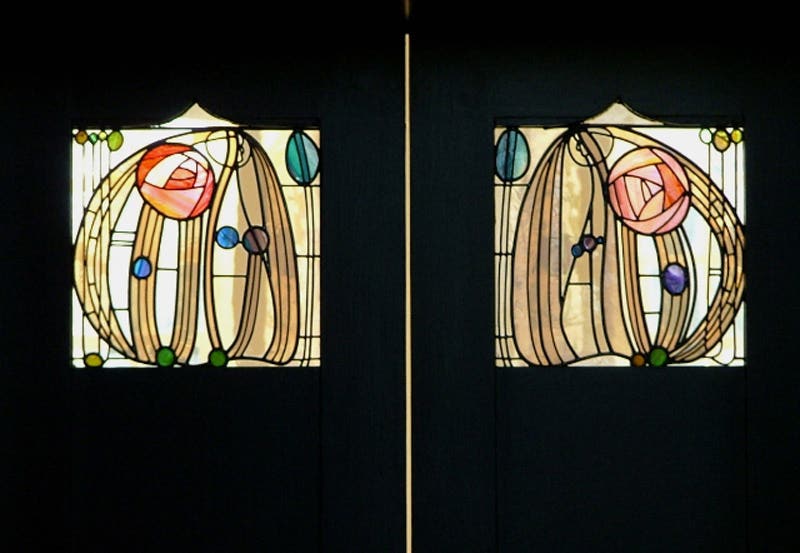



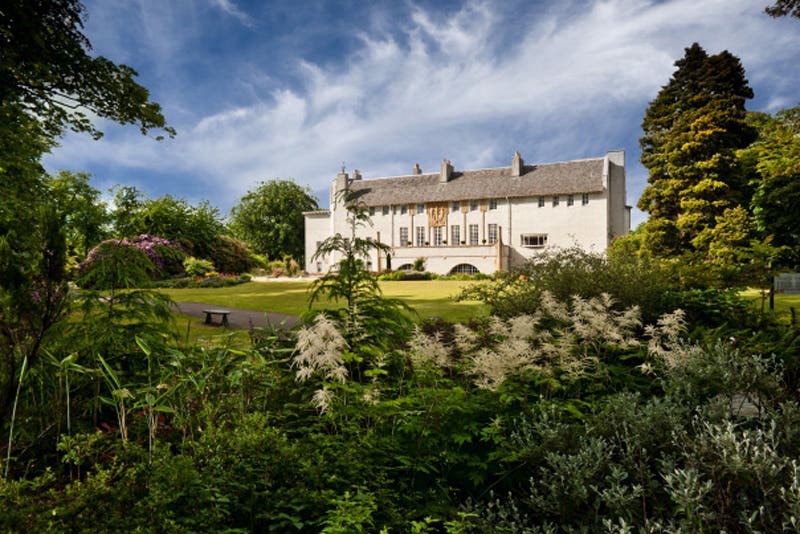
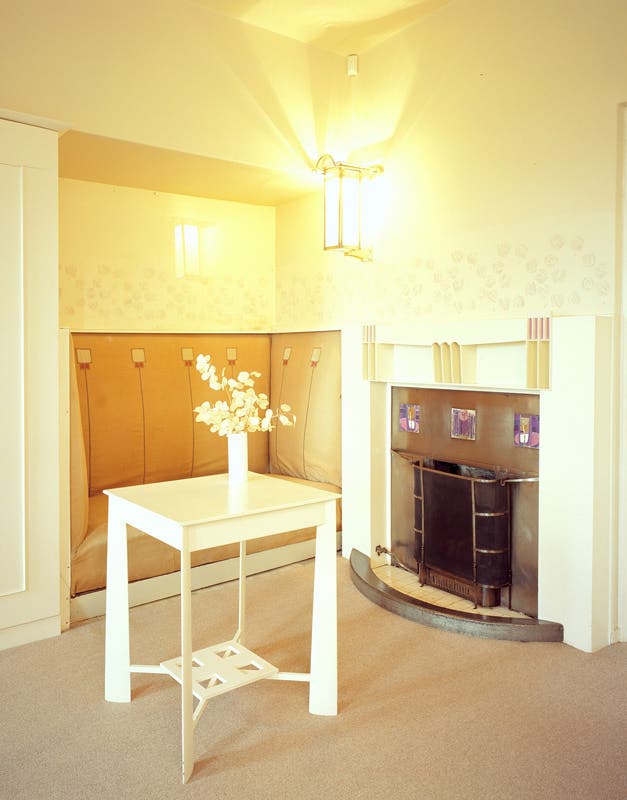

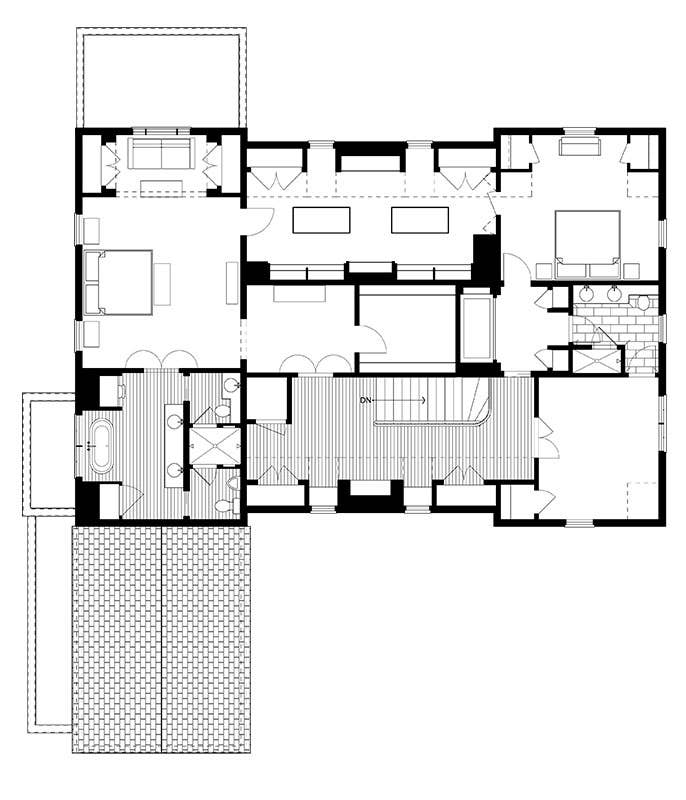
It’s not too often you hear the statement “We designed the house around a table.” But this is precisely what Anne Decker, principal of Anne Decker Architects, did for a client in Bethesda, Maryland. Decker was hired to design a new house that would accommodate the client’s eclectic mix of furnishings, including a 19th-century walnut library table. Decker worked closely with interior designer Linda Mann to achieve the right balance of floor space for the furnishings. “The table has a 46-in. depth and I wanted the piece to be prominently displayed in the home,” says Mann.
Decker with more than 20 years in the residential design business, crafts thoughtful houses with restrained classical forms. Decker is also a master at designing homes that are informed by their surroundings. Her projects have sensitivity to scale, simplicity of form, and attention to detail—which all characterize the quality of her work. She explains that an open collaboration with each client makes a project successful.
The Edgemoor neighborhood of Bethesda, Maryland, was established in the early 1920s and contains a plethora of diverse architectural styles—from original Colonial homes to sprawling contemporary mansions. “The siting of this particular house was established to blend in to the existing fabric of the neighborhood without calling attention to itself, hovering, or overwhelming the other houses on the street,” notes Decker. “While acknowledging the strong architectural history of Edgemoor, this house takes traditional forms and interjects modern twists creating a tension that carries throughout the design.”
The story-and-a-half stucco design has a restrained and refined elegance. At first glance, the home resembles classic forms from the 1920s and ’30s, complete with gable rooflines, dormers, a formal arched entry, and forecourt.
But a walk around the structure reveals surprises. Although the front entry of the house exudes tradition with simple ordered elevations, the back of the house references the Bauhaus style with flat roofs at varying levels, which create a box-like effect. Another element that offers a modern sensibility is the use of the steel windows and doors. The modern black 9-ft. tall doors with oversized glass panes create an industrial feel to the design. “The metal door frames are 1½ in. thick, as opposed to a wood window which would be 4½-in. thick,” notes Decker. “The thinner width offers a more modern look.” Although the two façades are strikingly different, Decker holds the design together with materials. The house is sheathed in a true three-coat stucco and all windows have stone sills.
Once inside the house, a restrained order with minimal detailing continues. Trim is kept simple to celebrate the paneled barrel-vaulted entryway into the living room. The deep entryway conceals a door to the basement and one to a coat closet. The entryway also perfectly frames three floor-to-ceiling windows with views to the rear yard garden. The living room’s ceiling has simple painted white oak beams, which break the expanse of white. The baseboard is also kept minimal—it is an unadorned squared mold. The floors are hand-scraped lime oak throughout and lend an ultra clean look to the space.
The clients were downsizing to a 4,100 sq.ft. house and as Decker carefully edited the architectural details of the house, so too did the interior designer. The client chose to reuse their furnishings that were in the larger house, but pieces were reupholstered and refinished in fresh neutral fabrics and paints. The floor plan was not only planned around the library table but also the furnishings for each room. “We measured and planned the layout for each piece before signing off on the final floor plan,” notes Mann.
Without a formal dining room, the kitchen becomes the true heart of the house with a dining area included in the space. The client wanted a more casual setting for dining and an alcove with large windows on three sides makes a space that feels like one is dining alfresco. Decker custom designed the kitchen cabinets and dish hutch in the space, which resembles freestanding furniture. The cabinet doors have a simple boxed molding and the countertops are a clean white marble. The windows above the sink offer views of a terrace with an outdoor fireplace. The client can enjoy the fire while prepping food or rinsing dishes notes Decker. The room is drenched in sunlight most of the day.
“The house was designed and distilled to its fundamental essence creating a purity of space and form that is reflected continuously throughout the house,” says Decker. “Traditional materials of stucco, limestone, and copper, speak to traditional ways of building while large steel and glass windows and doors bring fresh angles. Hand-scraped limed oak floors, celebrated hardware, and door openings dissolve in the white hall blurring the boundary between interior and exterior.” This Bauhaus-Inspired stucco recently won a John Russell Pope Award from the Institute of Classical Architecture and Art’s mid-Atlantic chapter due to its carefully edited vocabulary that combines the best of the past with modern day.



